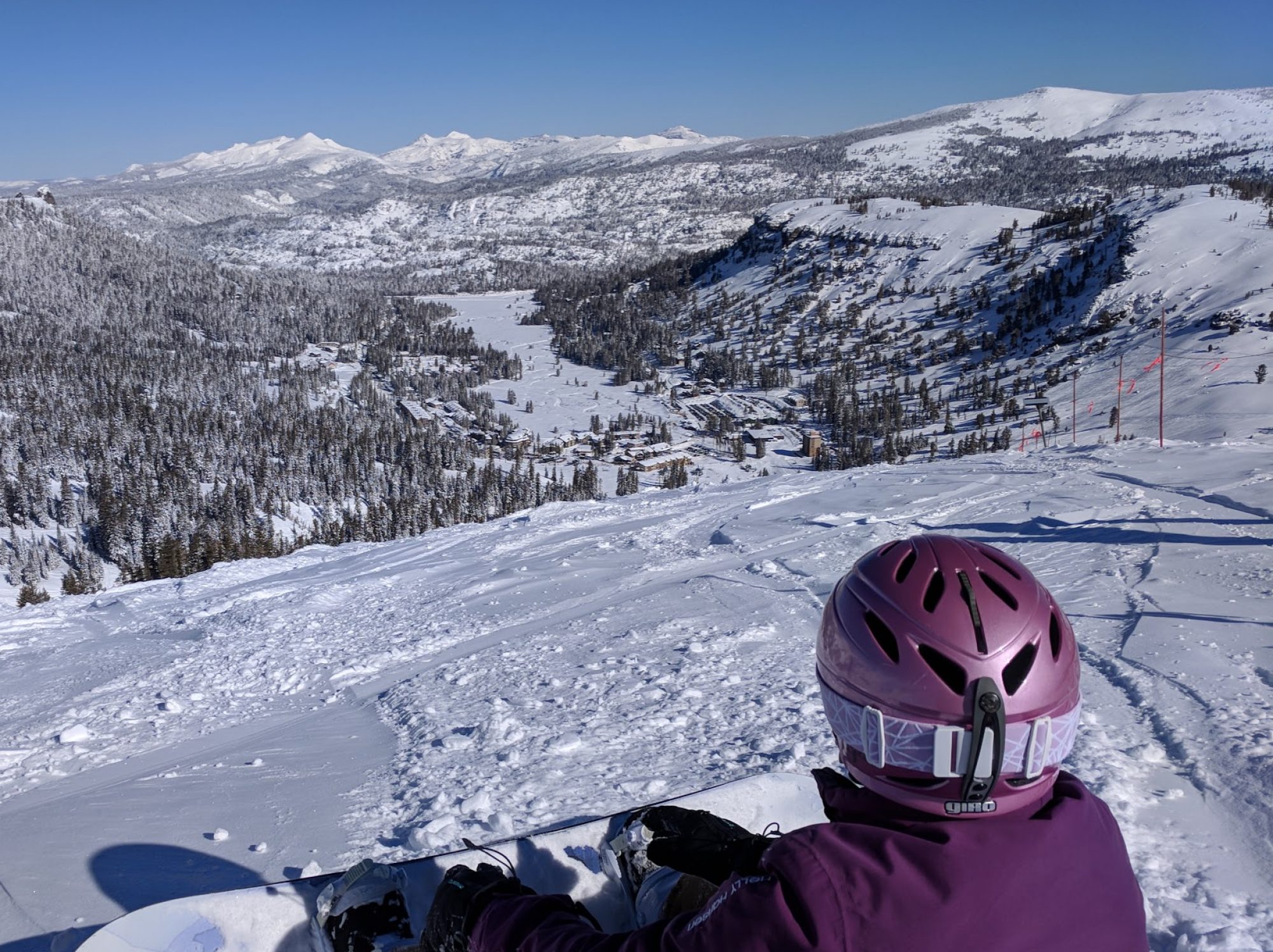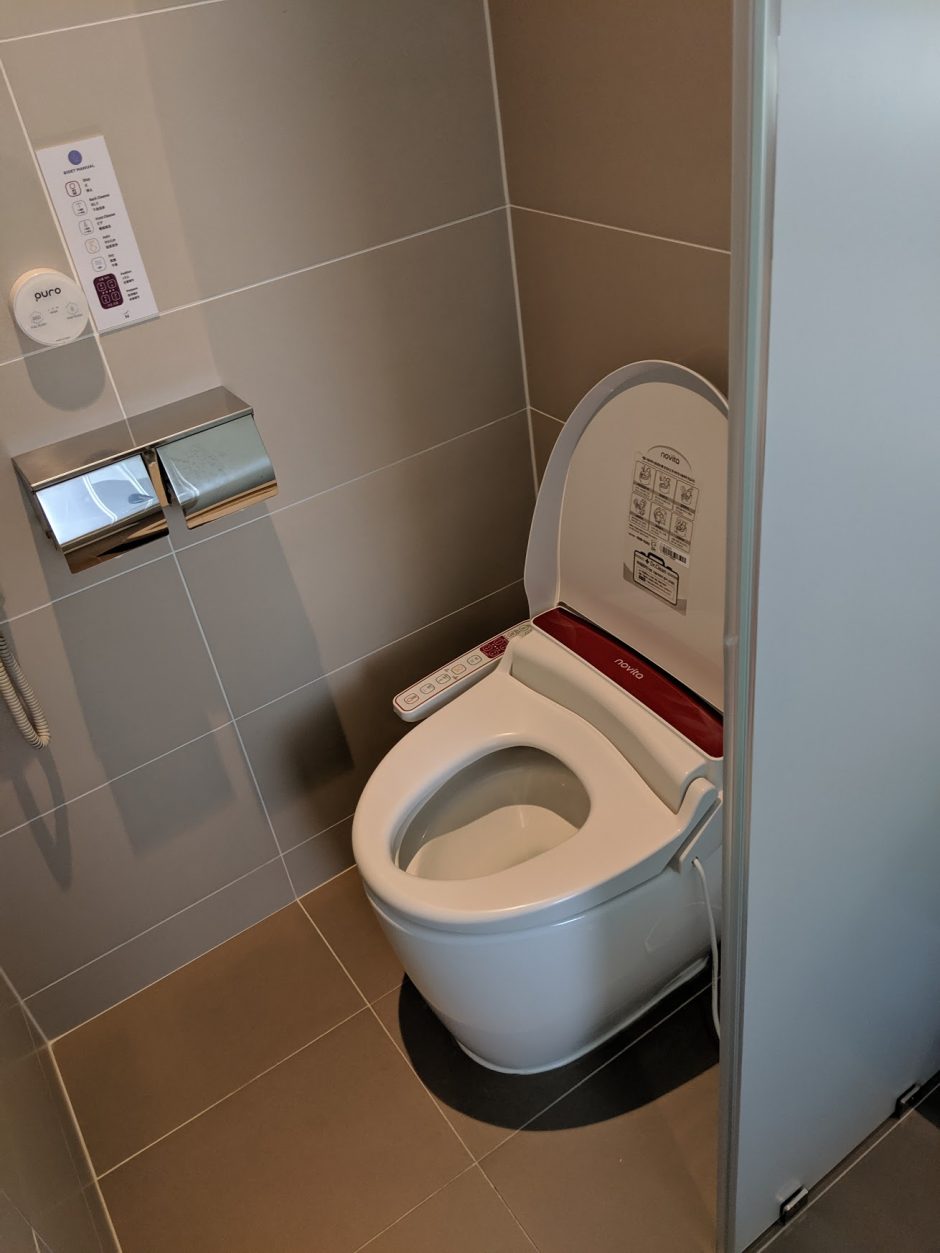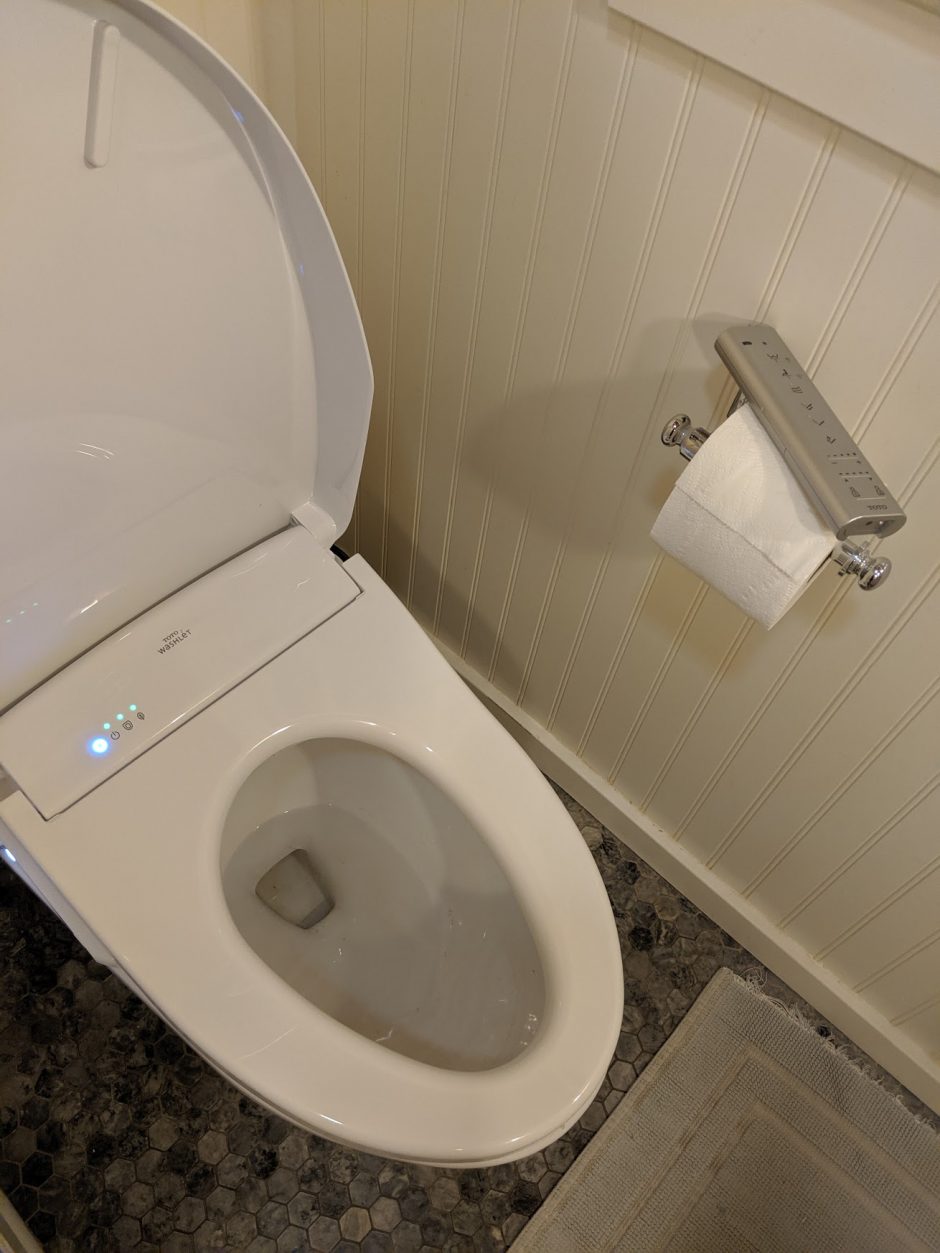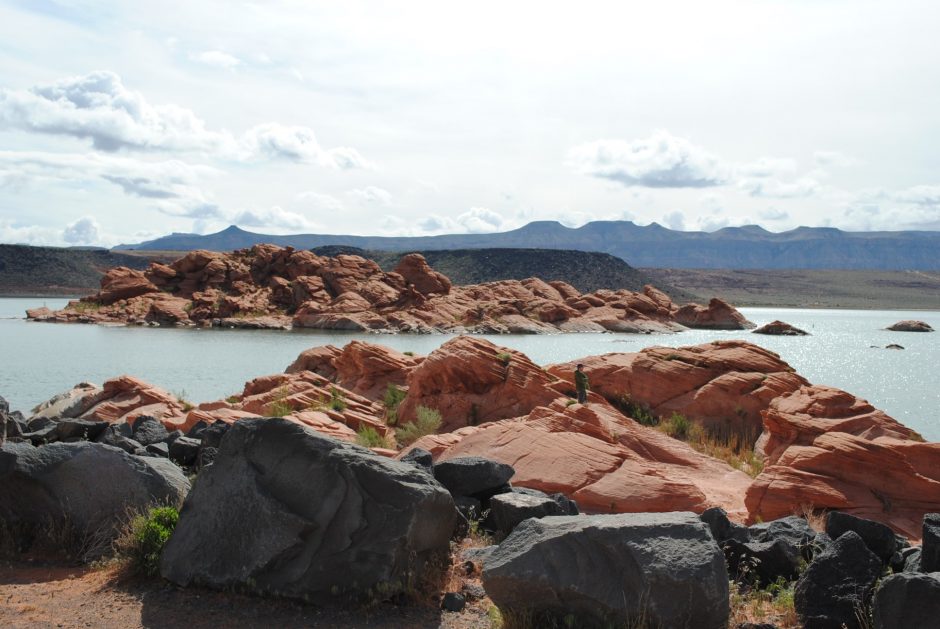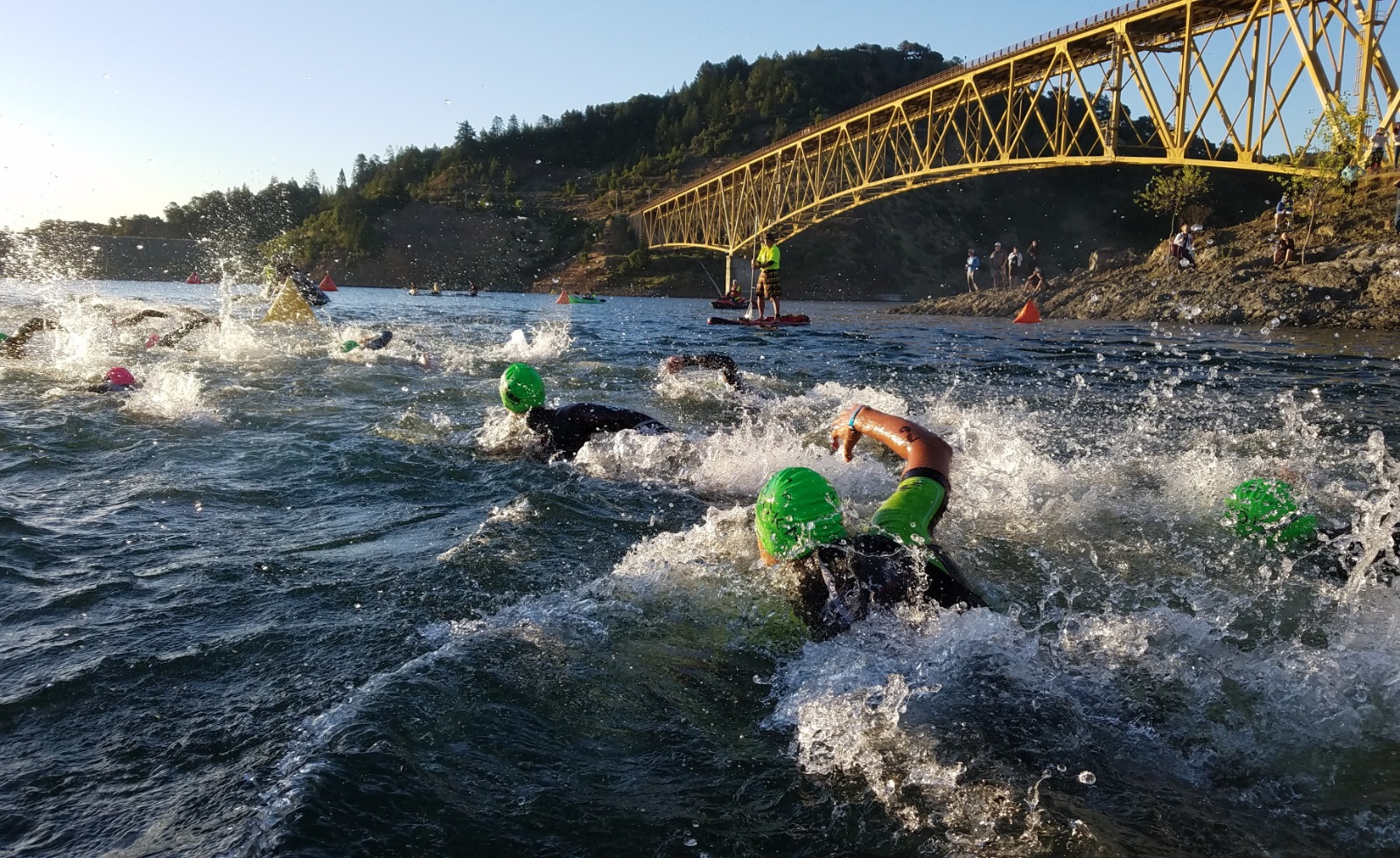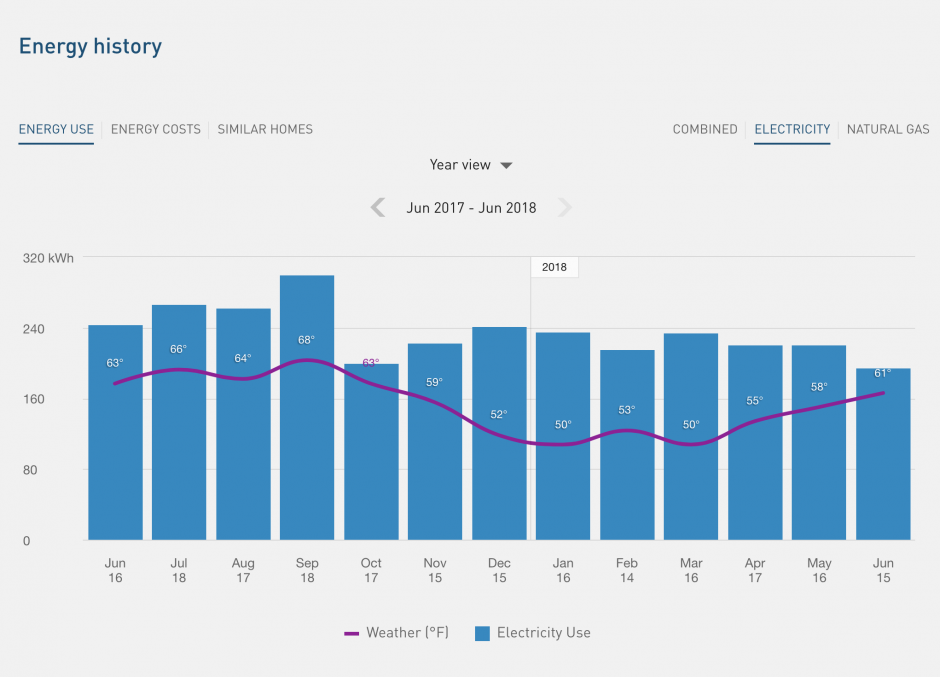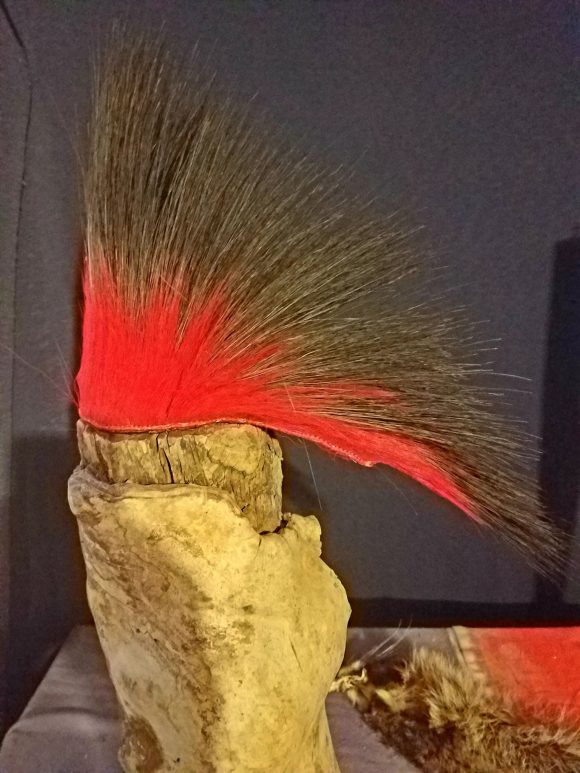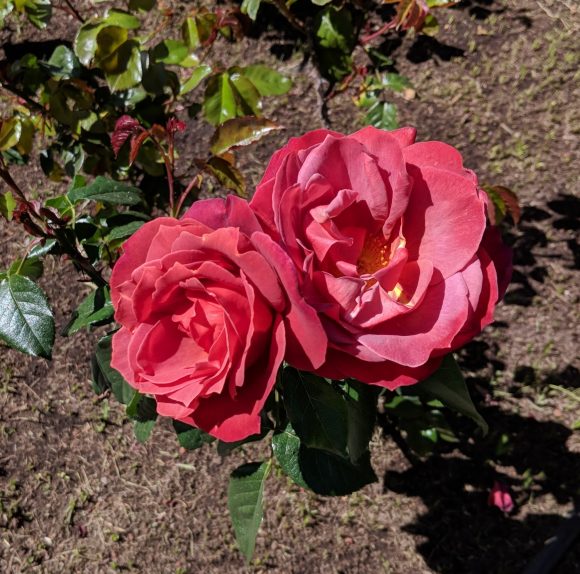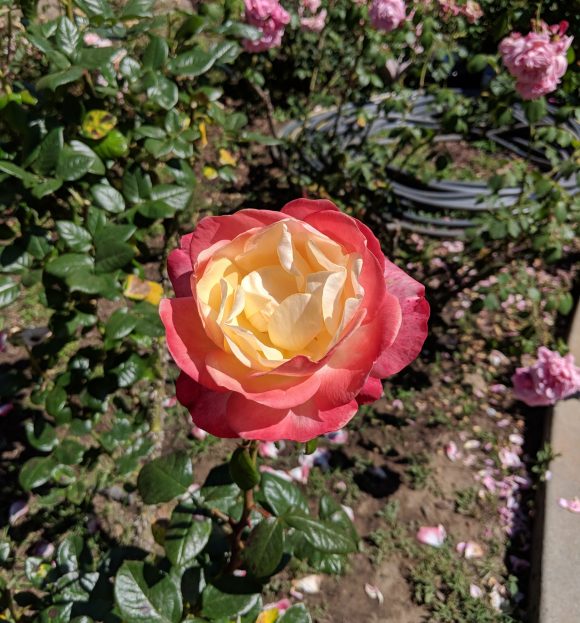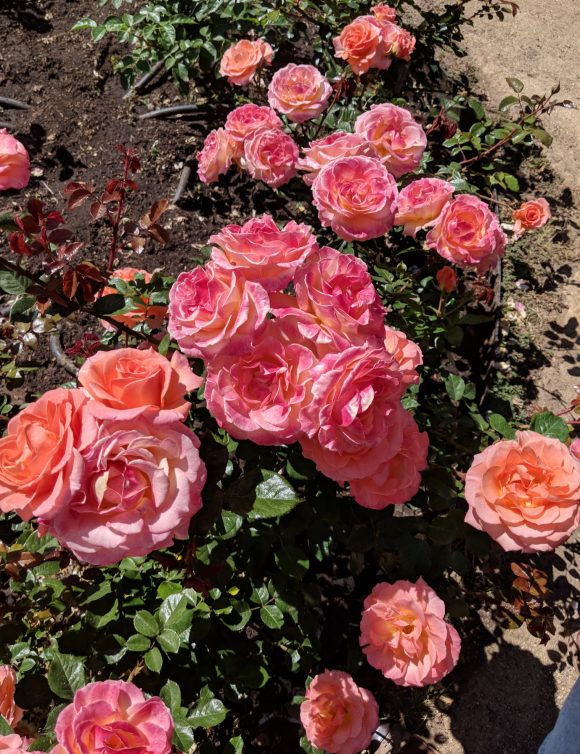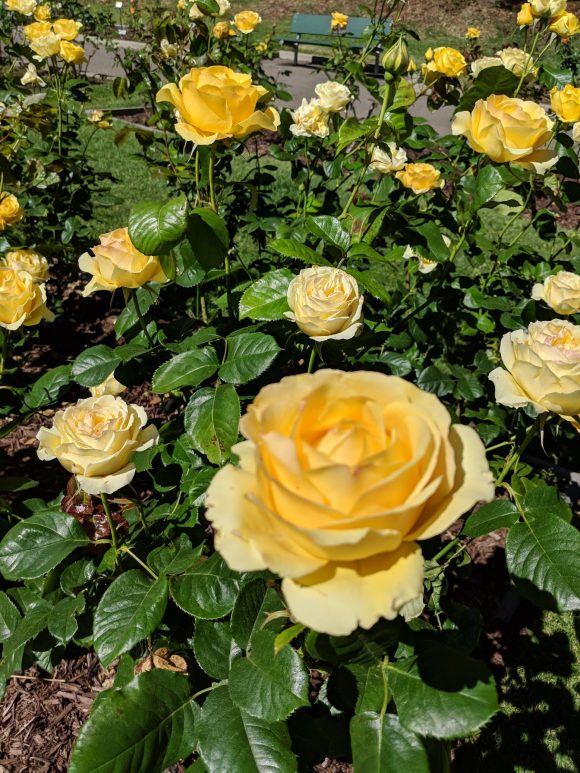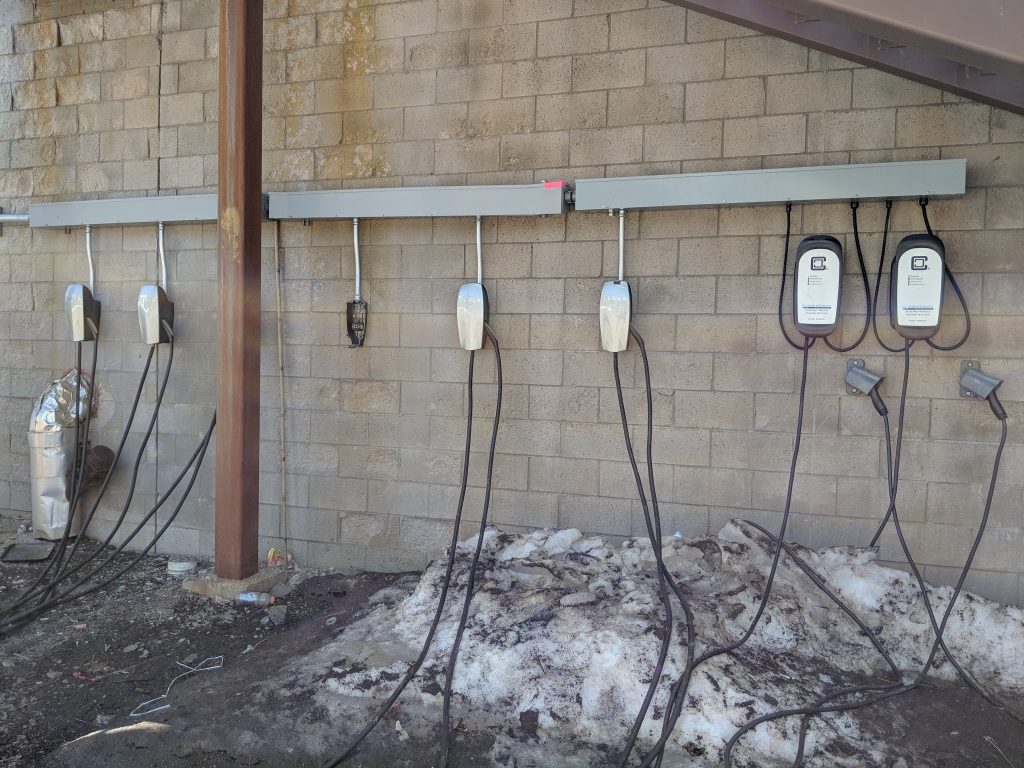I lukewarmly wanted a washlet after trying to use one in Tokyo 10 years ago (?). I figured out how to use it but getting one wasn't top of mind. Recently I was able to use another washlet in a hotel in Suwon from Novita (a South Korean brand) and I was reminded that these washlets are actually really nice. Like mind-blowing nice and they've gotten way better since the last time I used one.
So I went and bought a Toto washlet (search the web for a good price) and installed it (was very easy to do). This Toto washlet has a remote control, an automatic open and close toilet seat cover and seat, front and back wash with varying degrees of spray control, a booty dryer, a deodorizer, a night light, and a heated seat. All very sanitary and Apple engineers would be proud (in fact I think you should get a washlet instead of upgrading to an iPhone 11/Pro).
The other reason I was compelled to get one was because a house two doors down in our Bushrod neighborhood sold for $1MM dollars. It's a very nice craftsman style house but not exactly a mini mansion or on beach front property and *NO* washlets. I'm embarrassed to think our house is worth $1MM. BUT if you walk into our bathroom and enjoy the Toto washlet, you will walk out feeling like a million bucks. Guaranteed.
Anyway, I recommend this one -> Novita BH 90 or any of the Toto branded ones.
